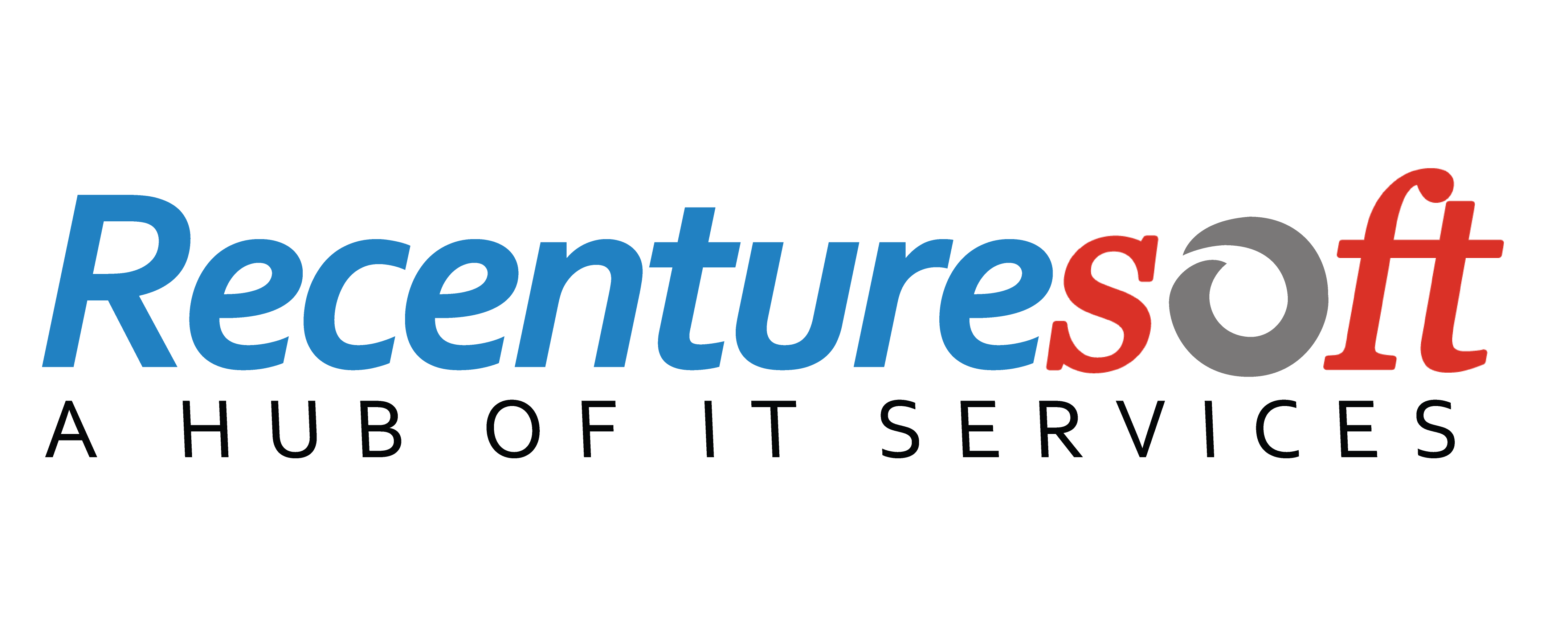The failure of an app in spite of following all protocols is a pivotal issue that every app developer has faced. If you feel stuck, it's most likely because you neglected to consider important factors like app accessibility, key demographic, and other crucial factors.
Even if you have a dedicated, supportive, and empowering team, ignoring such critical aspects will almost always lead to app malfunction. Instead of improving your app's functionality, focus on common errors that you should not have initiated during the development of an application.
Although it is human to make mistakes, mistakes can be rectified and false steps reversed. However, some errors can be extremely painful. It may come as a shock that the majority of these critical errors are rather simple and frequently avoidable.
Top app development mistakes to avoid
Having a hazy understanding of what you want your visitors to the site to do
You should take some time to consider what you would like your users to do when they arrive at your webpage.
The reality is that only a small percentage of your users will follow your instructions. In today's online world, a conversion rate of 2-5 per cent is considered good. Think about it, 5 of 100 visitors. Make it as small as possible. You must have a clear goal in mind for the users.
If you run a service company and want your customers to contact you, you must include your contact information on the top where it is visible.
If you're running an e-commerce business, it's best to entice and amaze them with your most famous item or the best sale you've ever had.
When you understand what you would like your users to be doing, you can design each page and the navigation framework of your site to help them accomplish the goal for which it was formed. This will create a consistent theme across all of the webpage, as well as enhance the user experience for your users.
Thinking You're a web designer
This is especially true for someone proficient in Photoshop. It's all too silly to waste time in Photoshop trying hard to make your "design" look nice and appealing. There are many unobserved variables that a trained and dedicated web designer can easily finish but it will take you endless hours to get right, like colour schemes, typefaces, text size, orientation, white layout, and so forth.
How can this be avoided?
It is preferable to employ a graphic designer to improve the site's aesthetic appeal. You can also hold a web design competition on web pages like 99designs.com to find your favourite web designer.
Inventing something new
The iPhone was not created from the ground up by Apple. It was created using a combination of microchips, a lithium battery, system software, capacitors screens, and new packaging to generate a stunning and empowering smartphone. Furthermore, its iOS was modelled after another os, UNIX.
As a result, you won't have to worry about how your site looks on other people's computers. The majority of such web pages even crafted theirs after some other web pages. It is in our character as humans to construct based on other people's wisdom and experience. That is how humans keep improving.
You don't have to create a website that is wholly out of this universe. All you have to do is set up a website that looks better than other web pages your prospect notices when they browse the internet.
How can you avoid making this error?
Take a glance at websites that you or your customer enjoy to get an idea of the aesthetic that is used and the overall appearance that you prefer. All you have is to go to Google, type in a search term that is beneficial to the topic, and then click through the top searches. You could believe that you have a good understanding of your biggest rivals in a brief period. However, when your intended audience types in their search parameters, your website competes with other web pages that appear in the Search engine results.
Creating a Custom Platform for Your Website
You should start your business on a regular framework unless you are a web-based or SaaS company.
If you're mostly concerned with revamping the company's material, a popular content management system such as WordPress, Wix or Drupal is a good choice.
The key reason you're looking for a commonly used forum is that it's easy to manage. You don't want to be in a circumstance where your web page can only be updated or upgraded by a few individuals on the planet.
Do You Think Your Web Designer Knows What He's Doing?
You might prefer to outsource everything. However, your outsourced designers do not have the same level of knowledge about your company and the customers as you do. It's true; whether you own a business or work for someone else's, you can't know much more about it than the owner. You are the only one who knows and understands what is needed, but what about the hired designer toward whom you delegated the visual aspect of the project?
What can you do to avoid it?
To create wireframes, use software like Balsamiq or Mockingbird. Creating a wireframe allows you to consider the experience of your users. It will help you organise and structure your material, as well as the stream of it.
Every app has the potential to be improved in an absorbable way. However, making mistakes while developing an app is not acceptable because it will almost certainly fail. Getting ahead of these blunders is a fantastic idea that you can accomplish by learning about common app blunders. It would be preferable if you avoided making the same mistakes in your future apps. This significantly improves the app's performance and functionality. It will also provide a structure for your web designer to work with, allowing them to see and comprehend what you want. It has the potential to speed up the whole website creation procedure.
What is the difference between web design and web development?
Similar to computer science, the terms "web development" and "web design" are often used interchangeable terms, but they are two completely different things.
Consider a web designer and a web developer coming together to form a car: the developer will be in charge of all the functionalities, such as the turbocharger, tyres, and gearboxes, while the designer would be in charge of both the visual elements of the vehicle looks, the design of the dashboard, and the styling of the seats—as well as the user experience offered by the vehicle, like whether or not it's a comfortable ride.
Web designers create the aesthetic of a webpage. They think about all of the visuals: what palettes and typefaces will be used, for example. What icons, drop-down menus, and progress bars ought to be present, and where will they be placed? To get from point A to point B, the user interacts with which engaging touchpoints? Web design also takes into account the website's information architecture, determining what content would be included as well as where it should have been positioned.
Web design is a wide area that is frequently subdivided into roles including User Experience Design, Interface Design, and Information Architecture.
It is the job of the web developer to turn this layout into a live, perfectly functioning webpage. The visual design provided by the web designer is built by a frontend developer utilising coding languages like HTML, CSS, and JavaScript. The site's more enhanced functionality, like the checkout feature on an e-commerce site, is built by a backend developer.
In other words, a web designer is an architect and a web developer is a maker or engineer.
What does a web developer do?
The web developer's job is to create and maintain websites. Web developers can work in-house or freelance, and the duties and responsibilities they'll be responsible for will differ depending on the type. If you want to understand how to be a web developer, you'll have to choose between frontend, backend, and full-stack development. Full-stack developers work both on the front end and the backend.
Web developers are in charge of creating a product that will meet both the clients and the requirements of the customers.
To continually optimise and enhance a website or system, a huge part of web development entails recognising and correcting errors. As a result, web developers are skilled problem solvers who are constantly devising creative approaches and countermeasures to manage the system.
All web developers know how to code in a few different languages. However, based on their job role and level of specialization, different developers will use different languages.
What are the web development tools?
Web developers would use a text editor to compose their code, such as Atom, Sublime, or Visual Studio Code; an internet browser, such as Firefox or Chrome; and, most importantly, Git!
Git is a version control system that enables programmers to manage and hold their code. As a web developer, you'll almost certainly make adjustments to your code regularly, so a tool like Git that allows us to identify these adjustments and undo them if required is extremely useful. It's also a lot easier to collaborate with other teams and run multiple projects at the same time with Git. Git is becoming such a commonplace tool in the web development world that it's now deemed bad to not use it. GitHub, a cloud functionality for Git, would be another incredibly popular tool.
GitHub hosts repositories as well as offers a comprehensive toolkit to developers, making it possible to obey coding best practices. It is regarded as the go-to location for open-source works, as well as a showcase for web developers' abilities.
What can you concur from the blog?
A profession in web development is both challenging and highly rewarding, with plenty of job security. Between 2020 and 2030, the Bureau of Labor Statistics predicts a 13 per cent increase in web developer jobs and a 22 per cent increase in software developer jobs, which is much more rapid than the national average. Furthermore, relying on salary and employment rates, web developer was placed as the 6th best job name in tech, with software developer coming in second!
Learning the required languages, library resources, and structures is the first step toward a professional life in web development. You'll also have to learn how to use some of the tools listed above, and some basic terminology.
It all changes depending on whether you choose to concentrate on the frontend, backend, or full-stack development when it comes to the language families you learn. Irrespectively, all web developers should know HTML, CSS, and JavaScript, so most web development and software engineering programmes have them in their curriculum.







